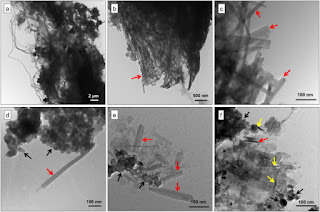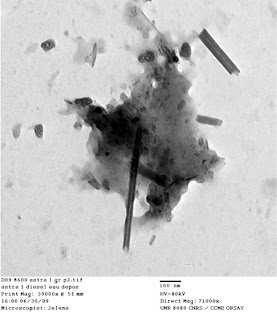When you come across that paper that sounds like it was a joke but really contains some important points of note- it is worth sharing!
This week after noticing that most of my colleagues are sporting lovely beards for 2020 I decided to order some beard guards for our cleanroom. It was then I came across this gem of a paper from 1967
Title: Microbiological Laboratory Hazard of Bearded Men
The investigation looked into whether men's beards could harbour bacteria or a virus and pass it along unwittingly to others.
The investigators cultured 2 bacterial 'noninfectious' strains of S. marcescens and B. subtilis var. niger. These cultures were sprayed on the beards of men for 30 minutes or 6 hours. After this time frame the men washed their beards- the technique for beard washing came with a handy reference image:
But happily, this was not the only image in the paper- which also explained in detail the beard sampling method with a handy reference image:
The article reports investigating if disease could be transmitted (NDV) to a host (chickens) and also there was an experiment to check if disease could be caused by inhalation of a toxin (C.botulinum) to a host (guinea pig), for these experiments a very creepy looking bearded mannequin was used.
What was the result - well after showing many tables of results of clean-shaven and bearded men's faces bacterial loads, the take-home message was that although both clean-shaven and bearded skin harbour bacteria even after washing, beards are more resistant to cleaning. So, if working with a high concentration of infectious bacteria in aerosol form out in the open (as you do!) - bearded or clean shaven - remember to wash your face! Also, some chicken contacted NVD (all were sacrificed) and a guinea pig died during exposure and I am not sure what became of the other 59 guinea pigs.







